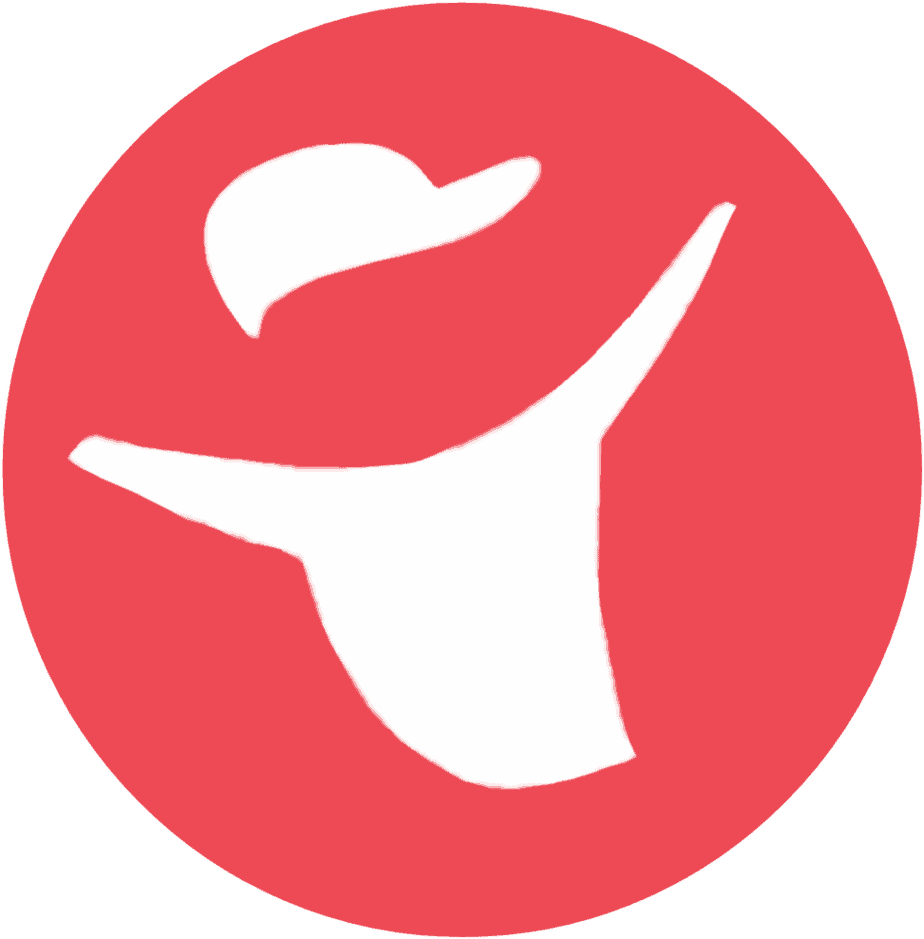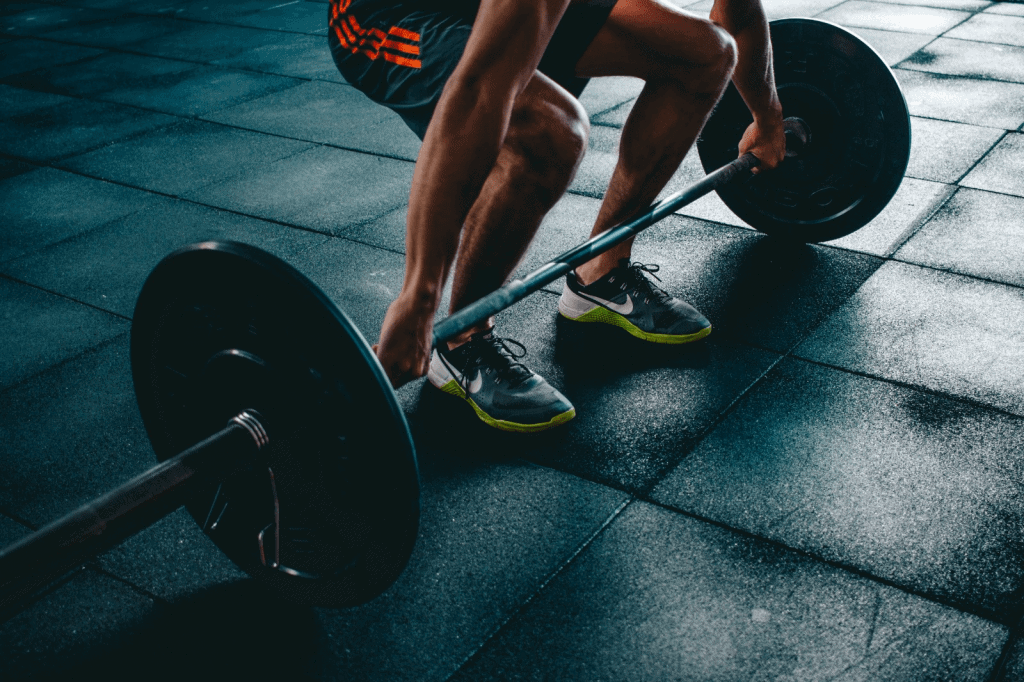Patella Joint – Hip
Patella Joint – Hip Our knee is the joint that connects the patella to the appropriate outlet in the front of the thigh.
The pain, in this case, is an expression of increased pressure on the patellar cartilage in the bending position of the knee joint, plus the tension that develops in the quadriceps muscle during exertion.
Walking down a slope, for example, may cause more pain than walking uphill.
Behavior may encourage erosion of cartilage are:
- bruises repeated external source
- structure and abnormal location of the patella
- changes in the structure of the socket joint space of the femur into which the patella will slide. This will cause greater friction with the patellar cartilage in the first 30 degrees of flexion.
- Shortening of the hamstring muscle or an imbalance between the heads of the quadriceps muscle may cause a disturbance in the normal displacement of the patellar bone.
- Deformities (deformation) of the foot, which may cause a change in the position of the tibia relative to the femur, and abnormal movement of the patella
- A change in the angle formed between the line of attraction of the straight head in the quadriceps muscle and the vertical line representing the patellar
Signs of damage to the (patella) cartilage. :
- widespread pain at the front of the knee during exertion or while putting a constant load (for example, while sitting with the knee bent inwards)
- pain is getting worse by walking or running, particularly downhill
- Pain while changing the posture from sitting to standing
- pain when compressing the patella to the femur, for example, relying on your lap
treatment
- avoiding activities that involve bending the knee with or without a load on the knee
- reinforcement static exercises of the front and rear thigh muscles
- Working on the flexibility of your Hamstring
- reducing the load Pique
- using supporters
the healing of cartilage can be spontaneous, But can sometimes also last a long time. The recovery time depends on the degree of damage to the cartilage, the change in training habits, and treatment.


